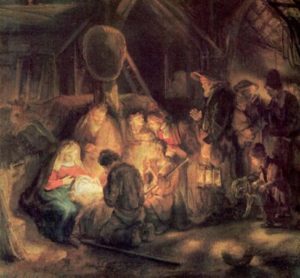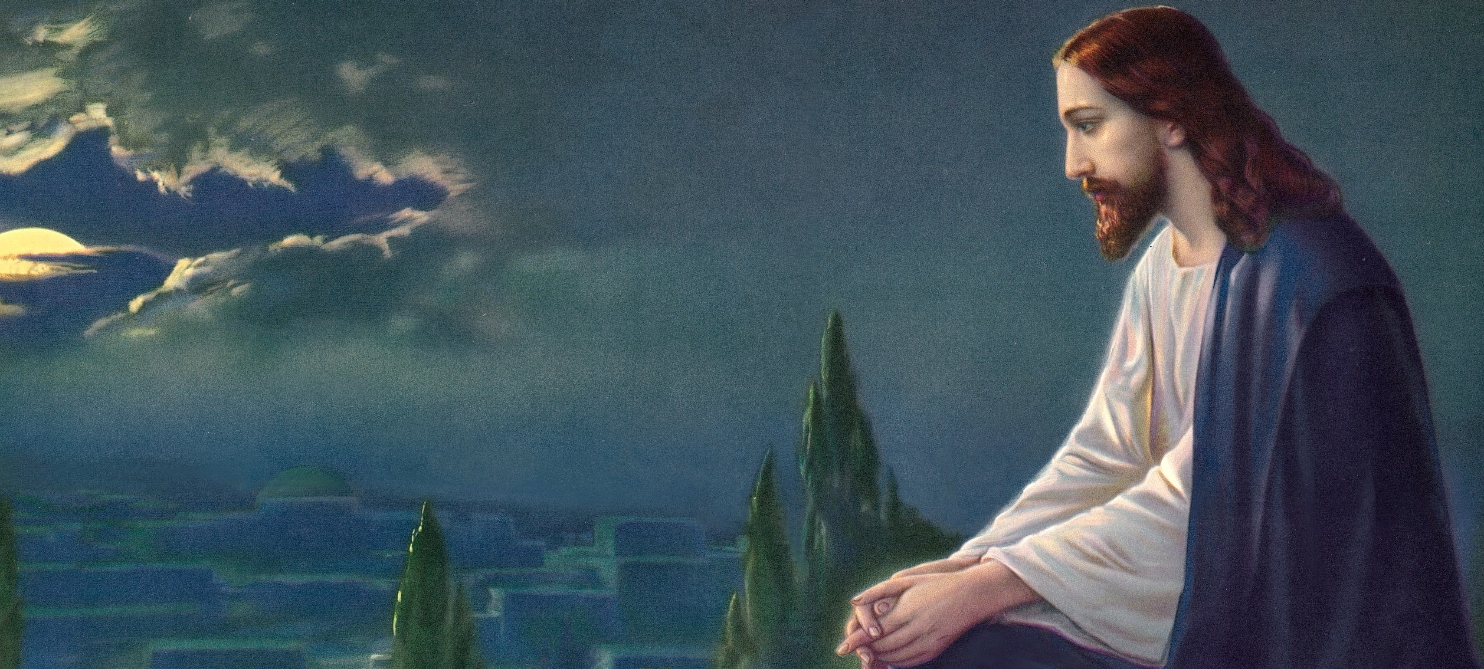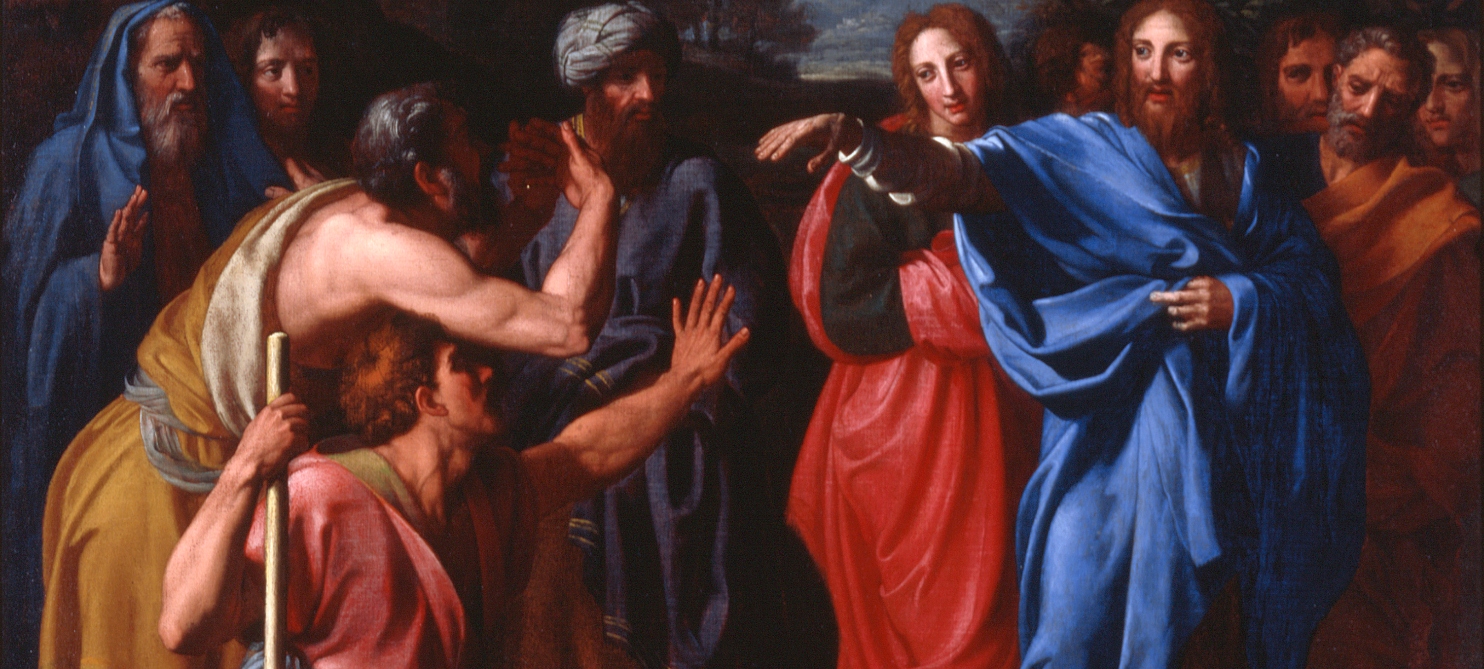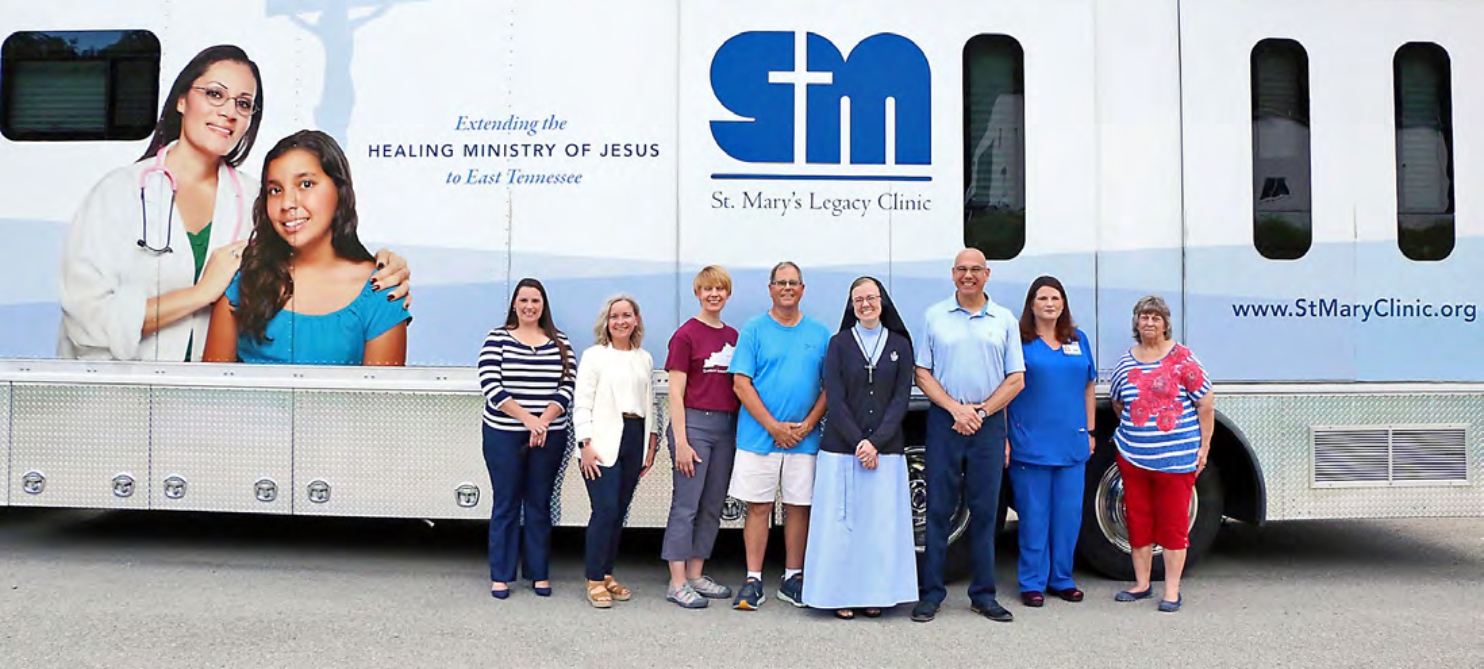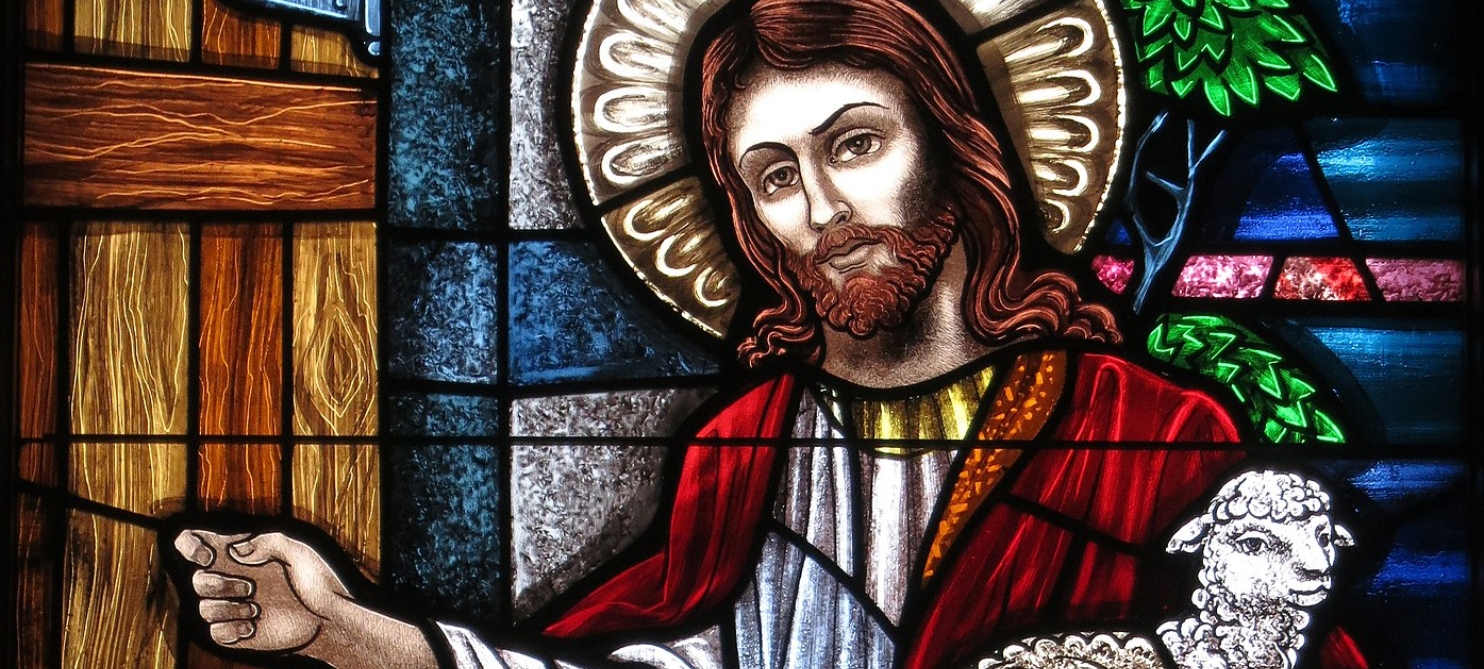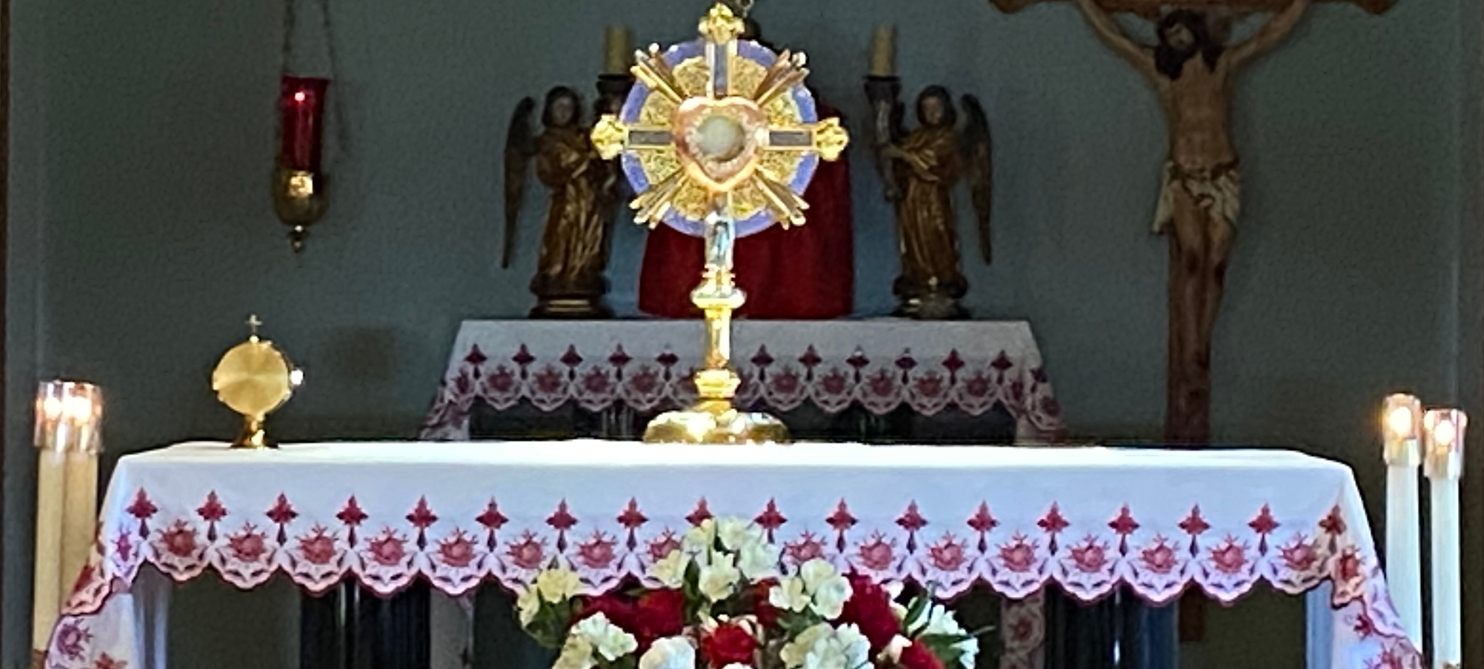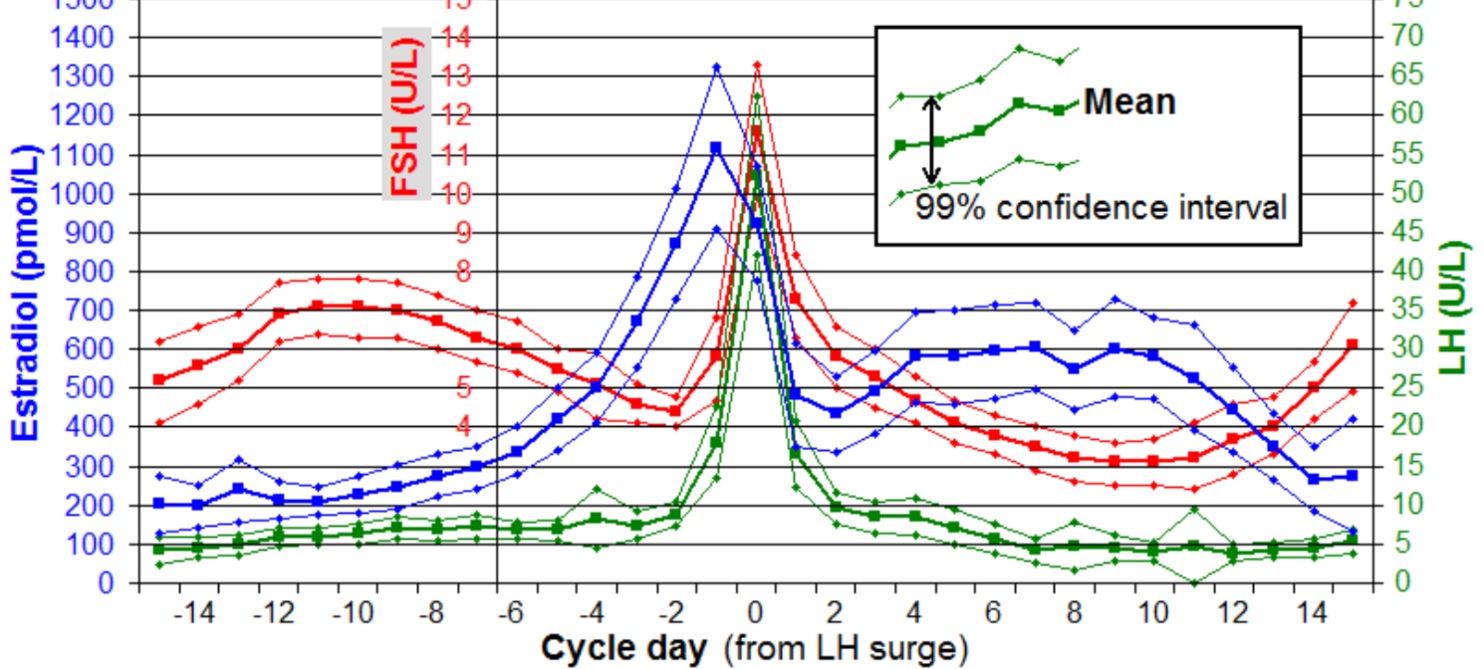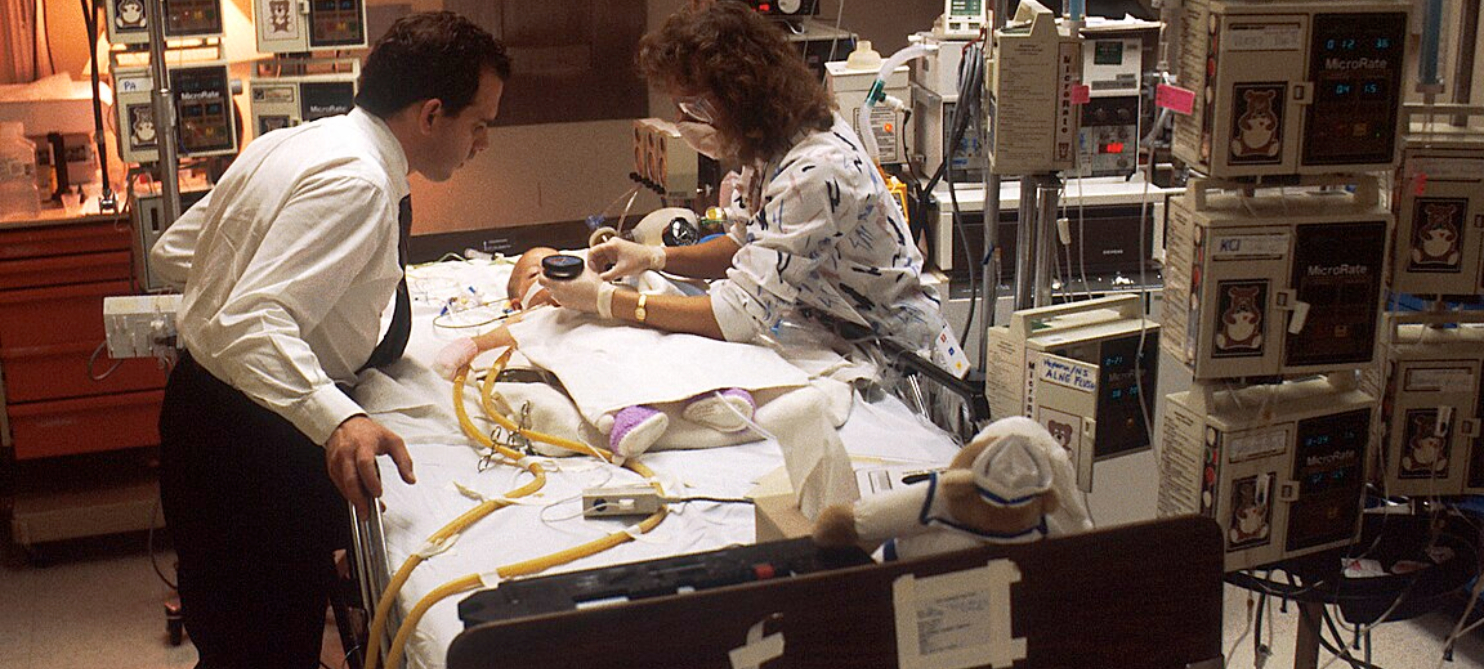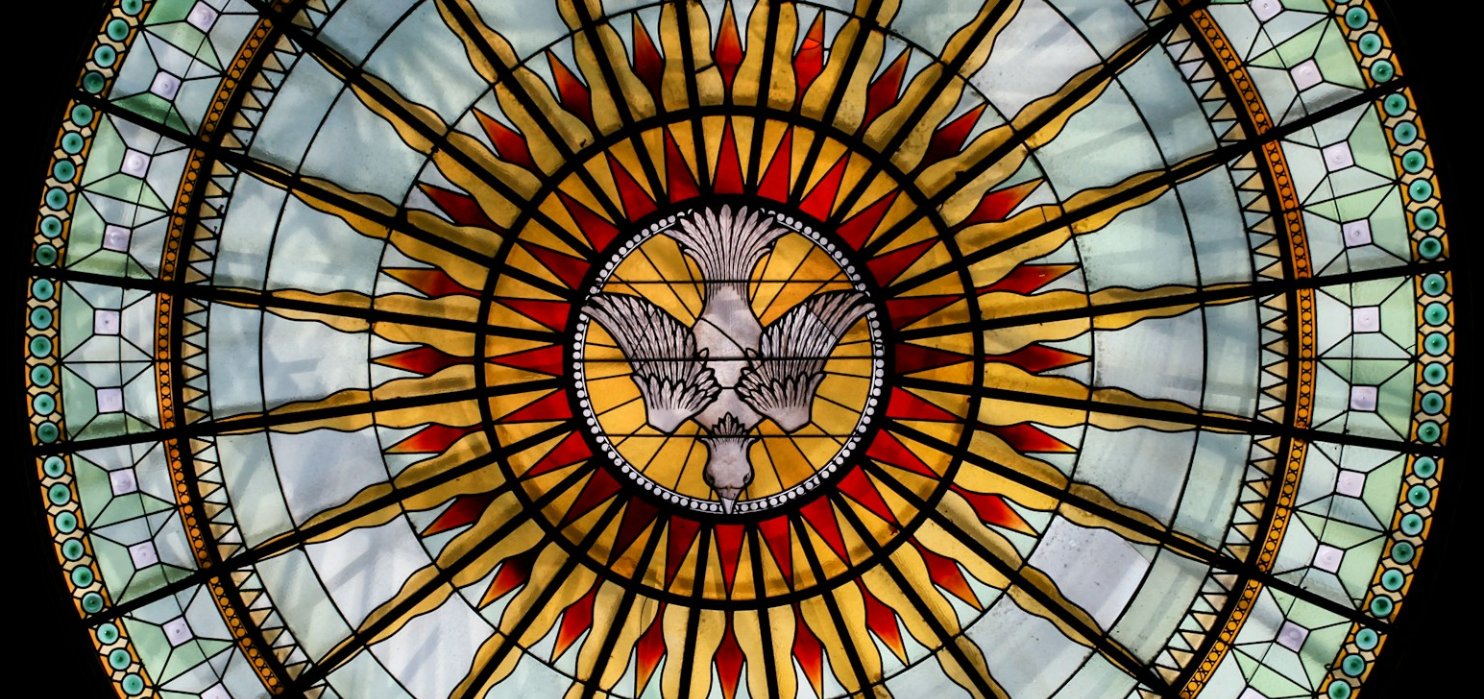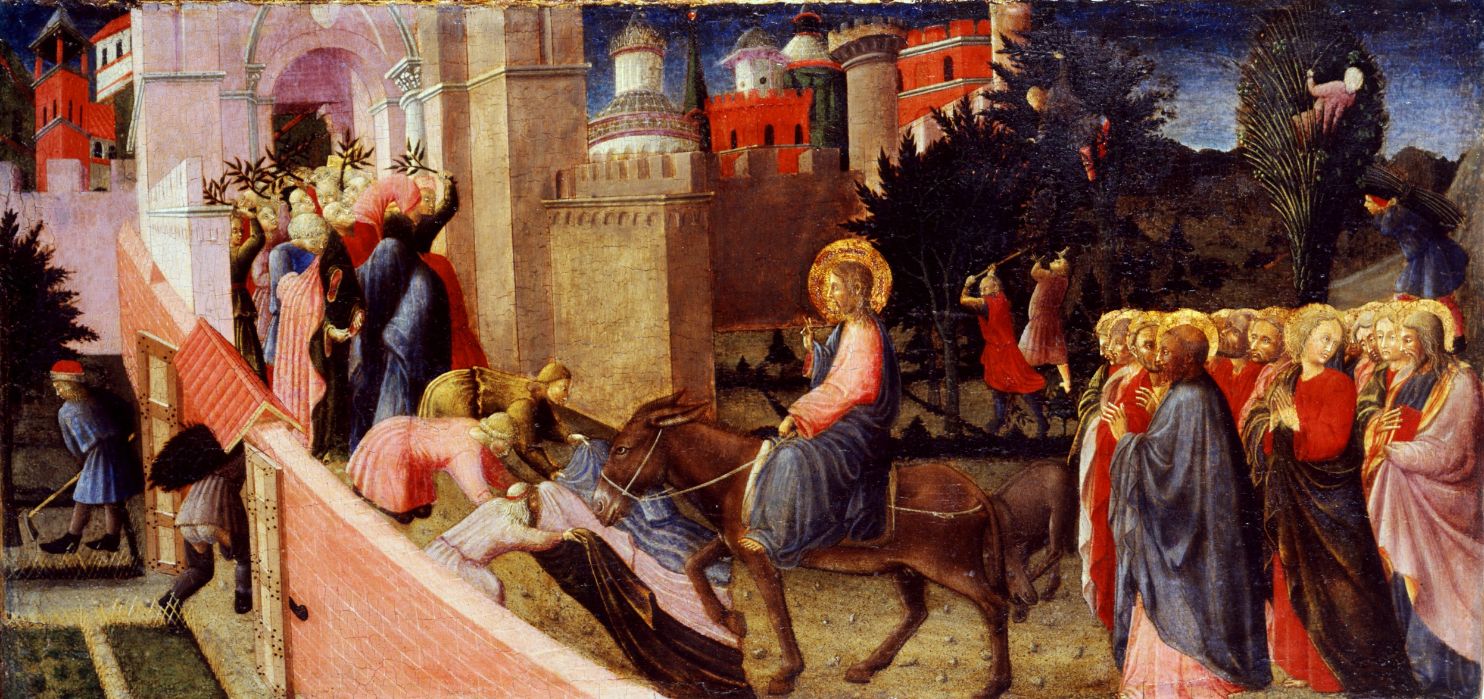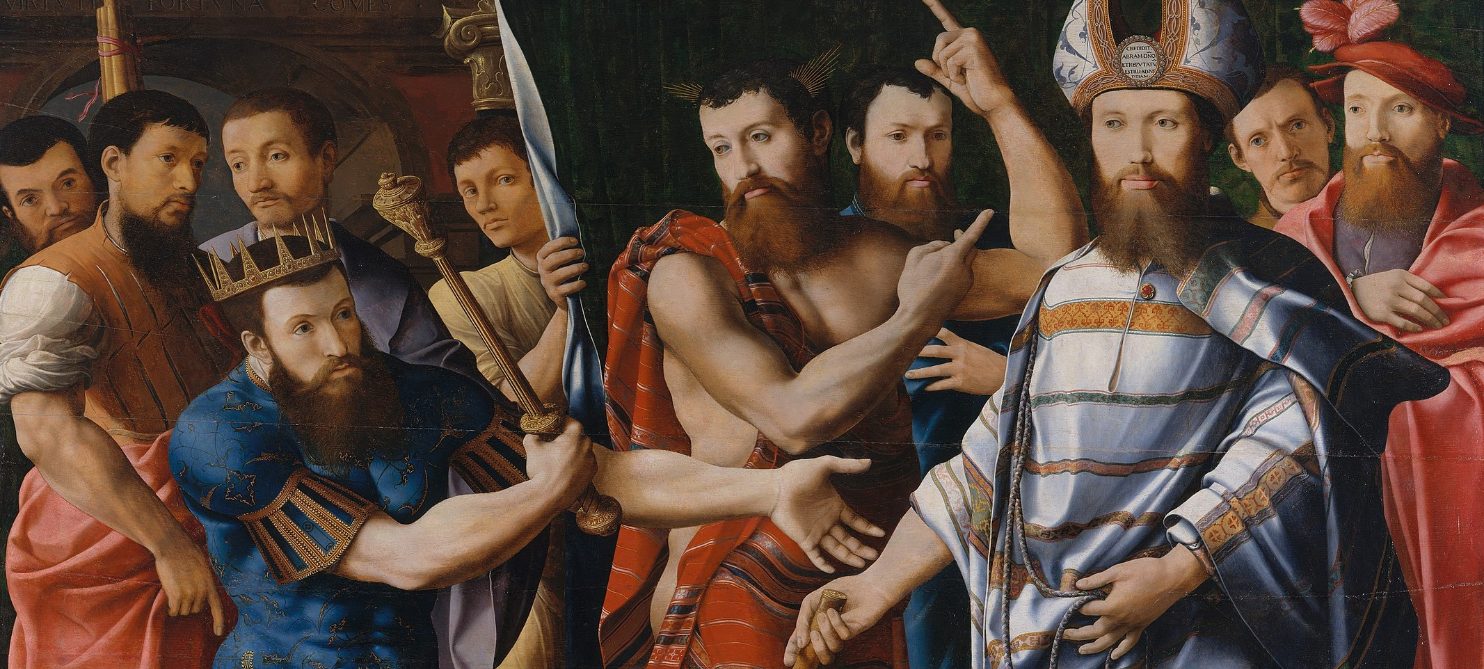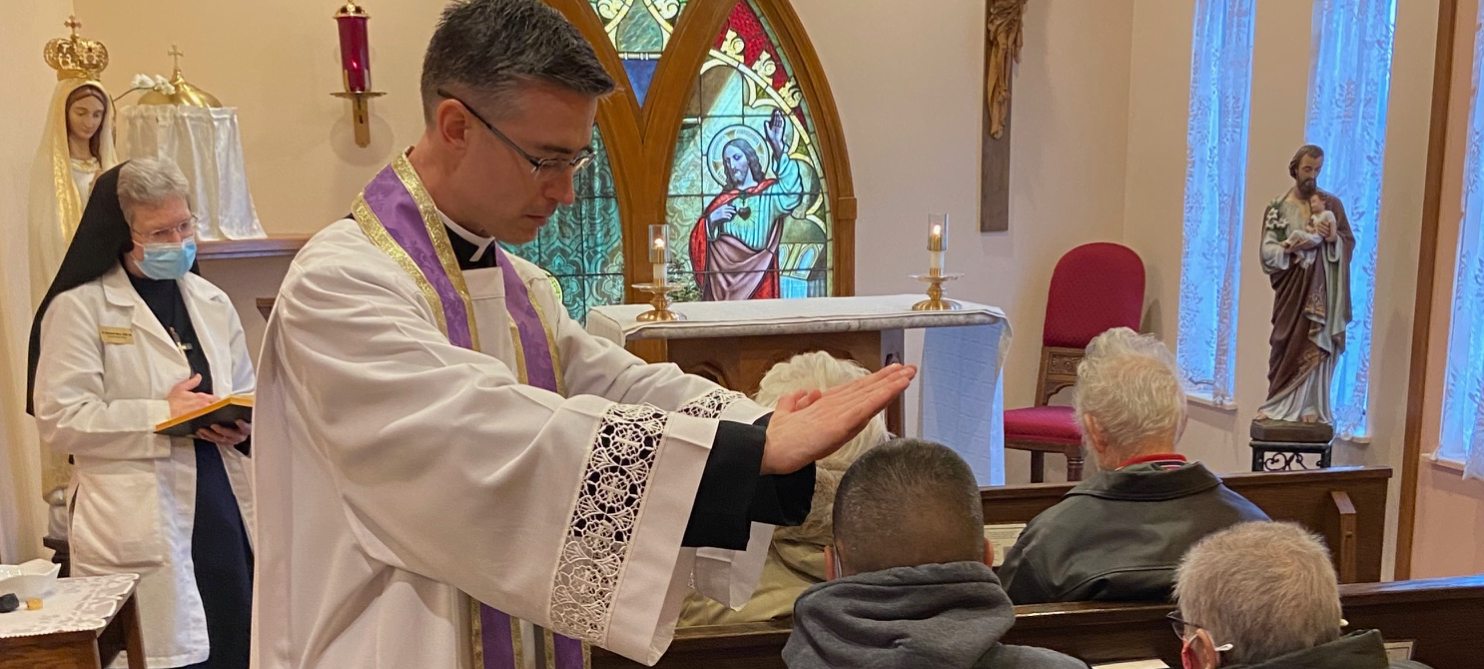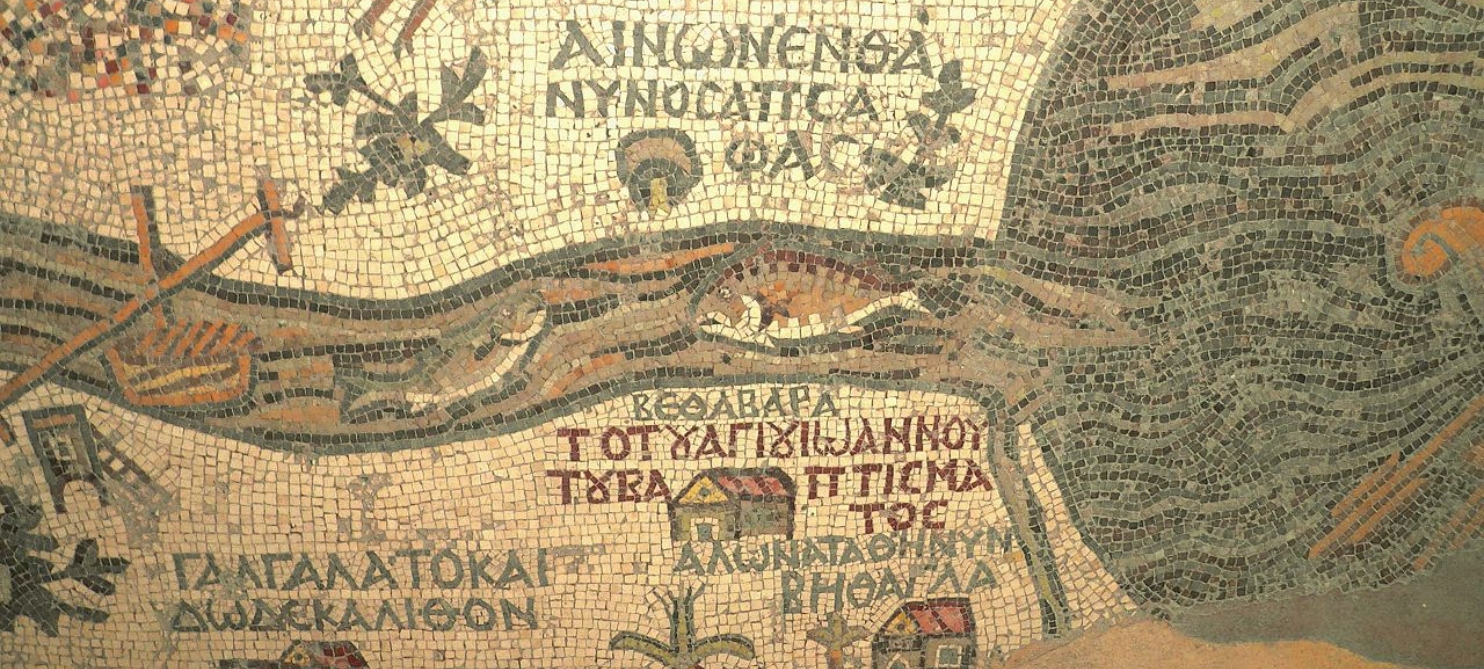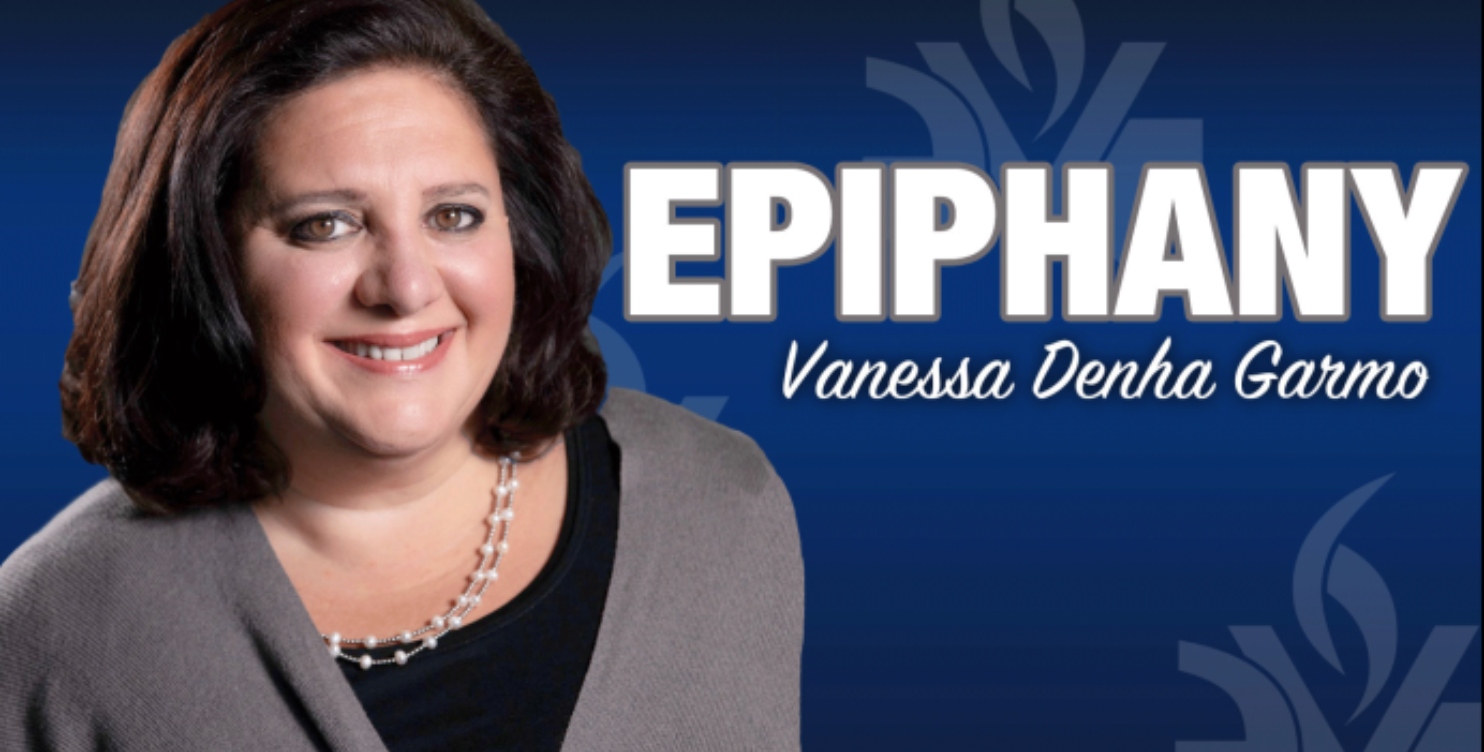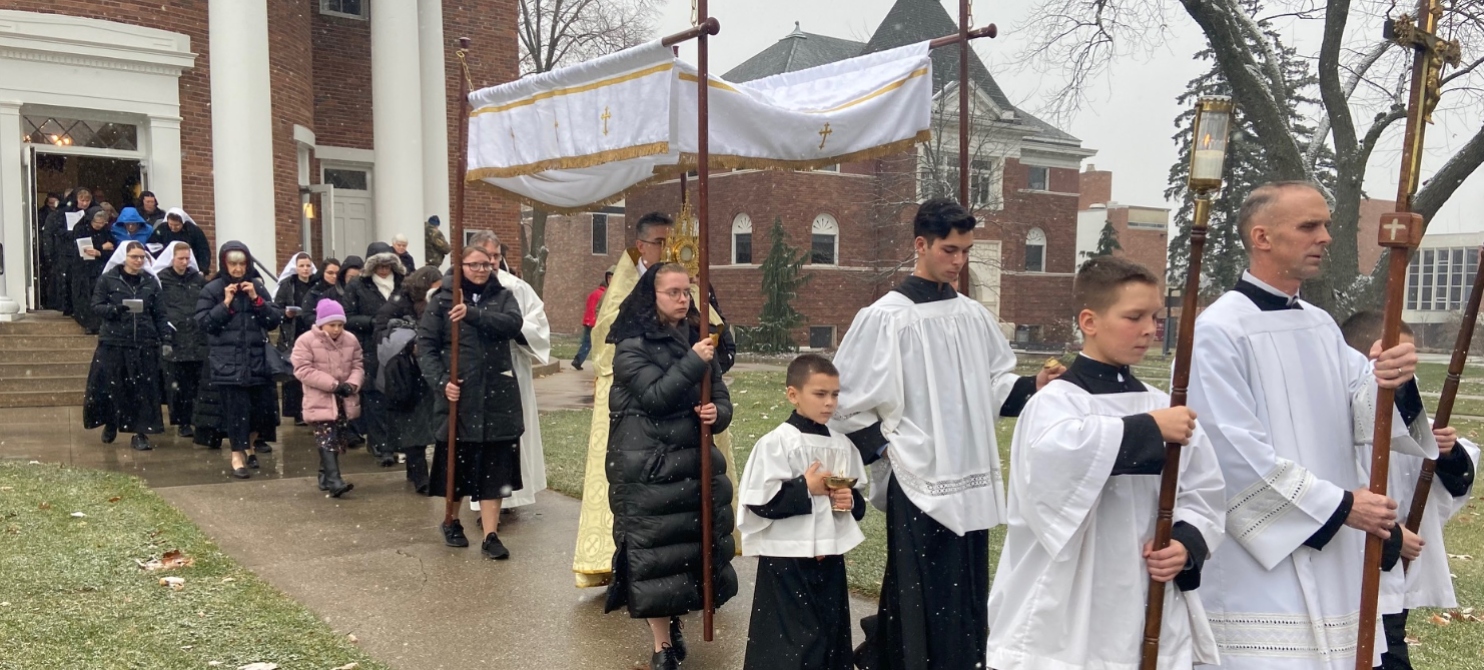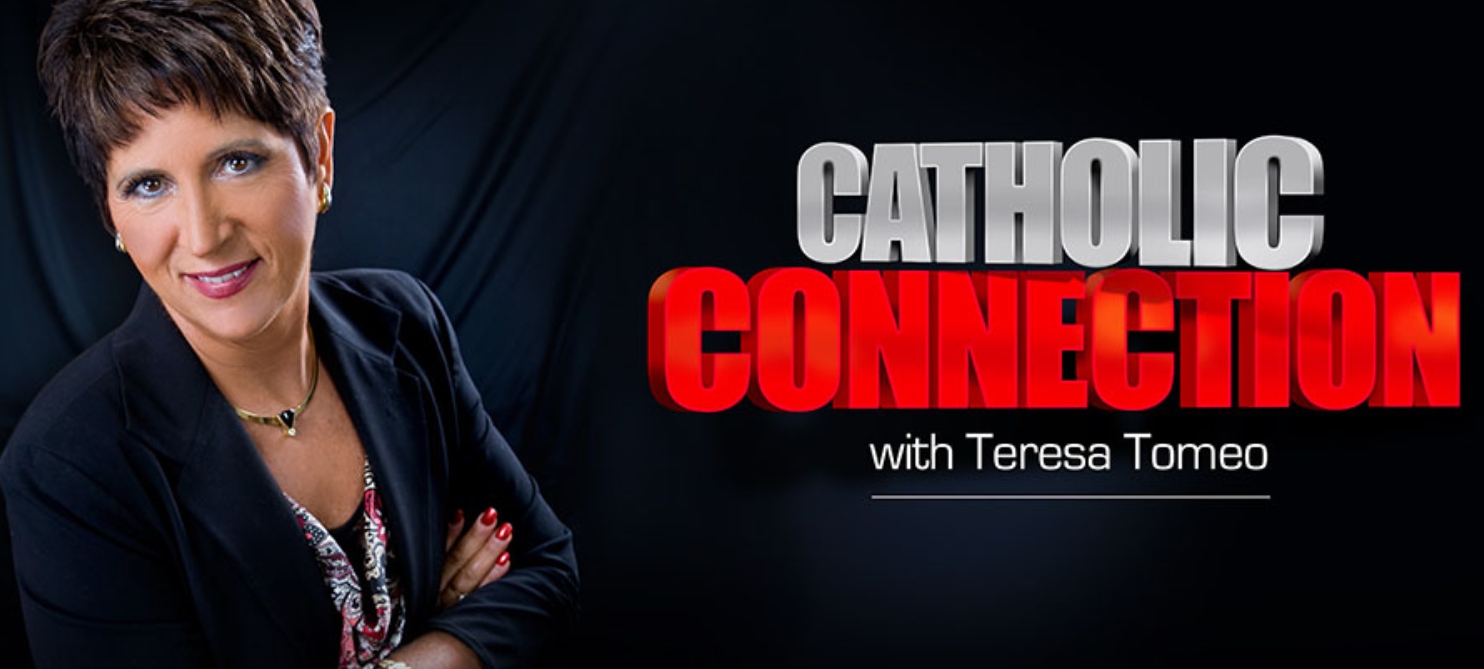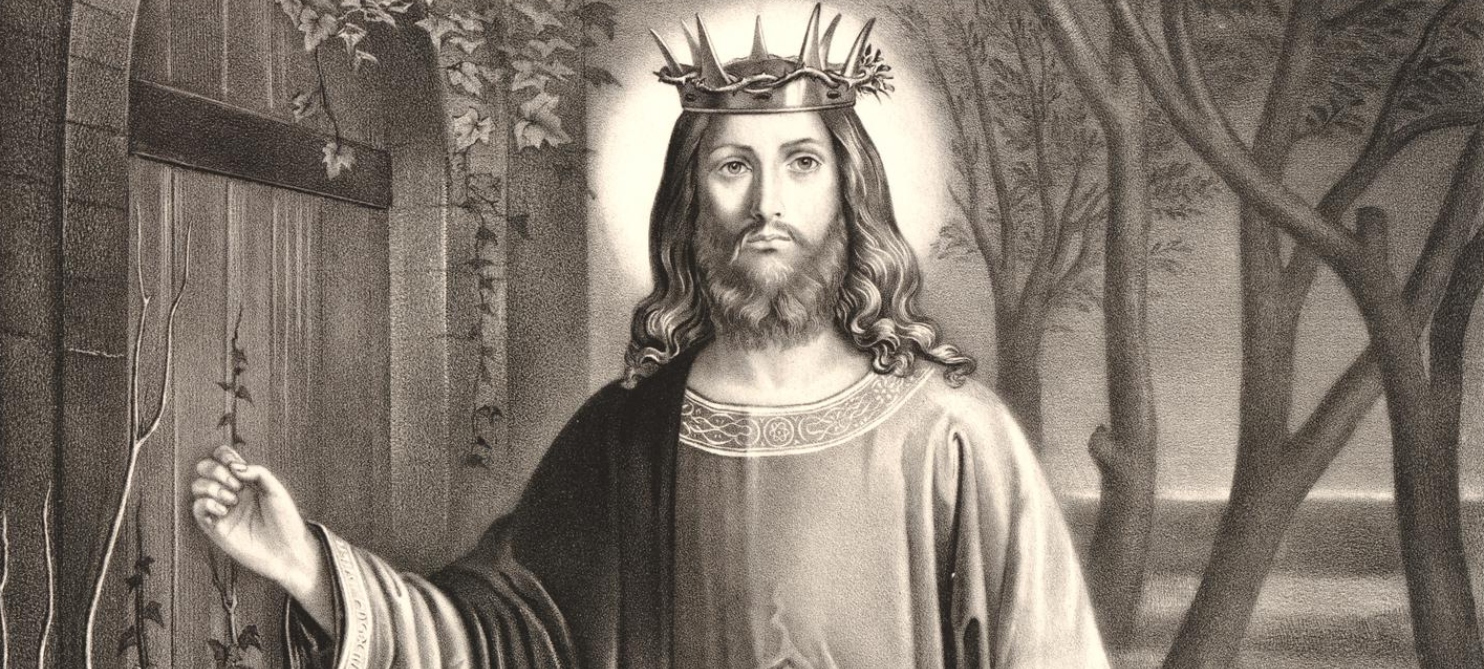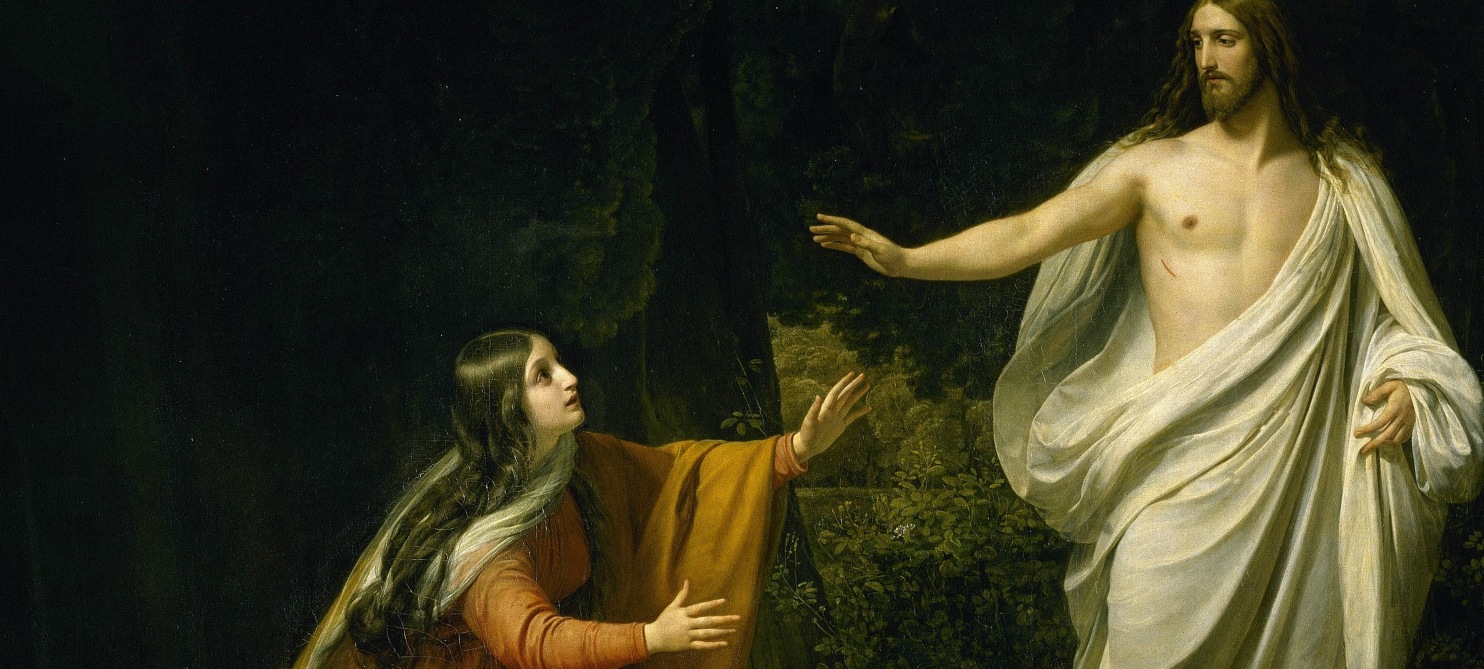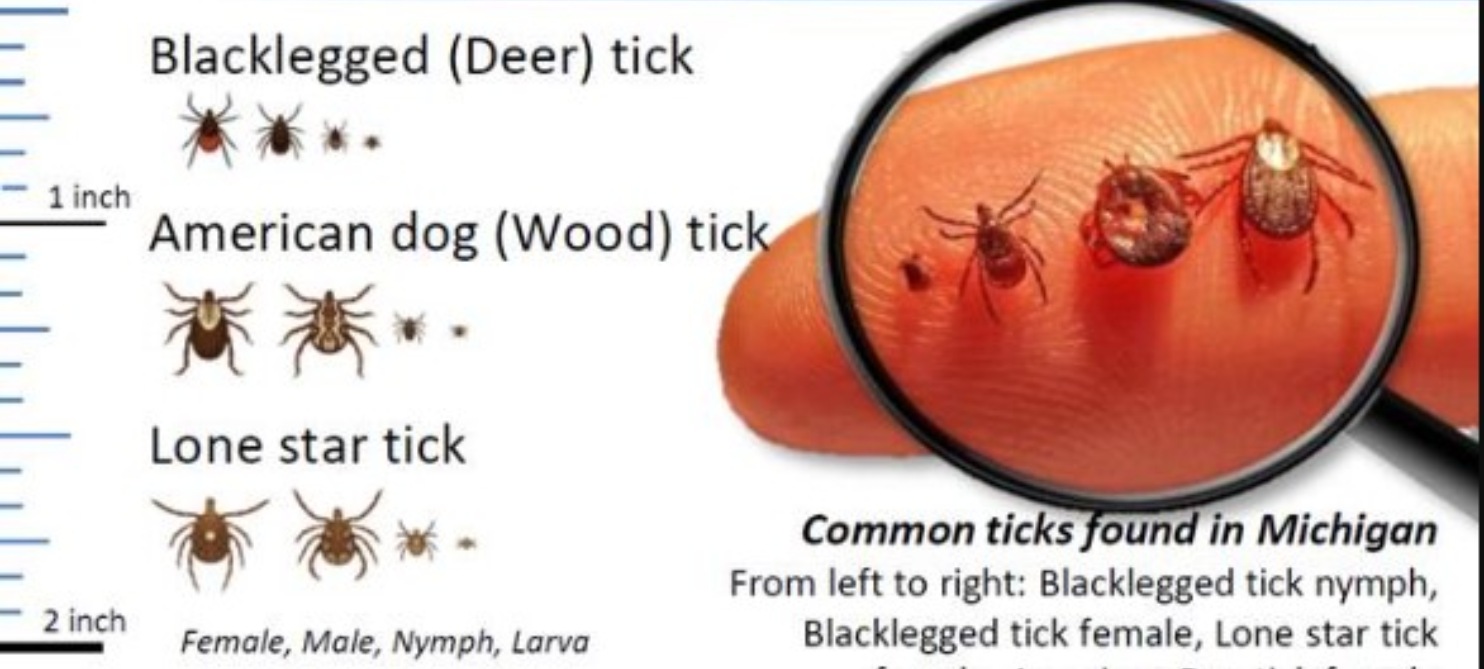“Because this coming lies between the other two, it is like a road on which we travel from the first coming to the last…” We glean this line from the Office of Readings for Wednesday from the first week of Advent. Saint Bernard speaks about the “three comings of Christ” and leads us to reflect on how Christ’s presence permeates all time. In this time between His first coming and His second, the Lord comes “in spirit and in power”. This is the fulfillment of Jesus’ promise that He would be with us, transforming us and providing for us even now by His presence. The Church gives us the season of Advent to reflect on this mystery, to repent, and to prepare our hearts for the great celebration Christmas. Even beyond that, however, we are preparing for the ultimate celebration of the culmination of all creation, when all things will be drawn into Christ and offered to the Father.
I have included the reading from Saint Bernard, which is a personal favorite, but I’ve also linked a portion of Rev. Jean Corbon’s book The Wellspring of Worship, in which he writes about the liturgical calendar as a celebration of Christ’s mysteries in time. He reflects eloquently on the meaning of the liturgical cycle and the real need for the season of Advent.
From Saint Bernard:
We know that there are three comings of the Lord. The third lies between the other two. It is invisible, while the other two are visible. In the first coming he was seen on earth, dwelling among men; he himself testifies that they saw him and hated him. In the final coming all flesh will see the salvation of our God, and they will look on him whom they pierced. The intermediate coming is a hidden one; in it only the elect see the Lord within their own selves, and they are saved. In his first coming our Lord came in our flesh and in our weakness; in this middle coming he comes in spirit and in power; in the final coming he will be seen in glory and majesty.
In case someone should think that what we say about this middle coming is sheer invention, listen to what our Lord himself ways: If anyone loves me, he will keep my word, and my Father will love him, and we will come to him. There is another passage of Scripture which reads: He who fears God will do good, but something further has been said about the one who loves, that is, that he will keep God’s word. Where is God’s word to be kept? Obviously in the heart, as the prophet says: I have hidden your words in my heart, so that I may not sin against you.
Keep God’s word in this way. Let it enter into your very being, let it take possession of your desires and your whole way of life. Feed on goodness, and your soul will delight in its richness. Remember to eat your bread, or your heart will wither away. Fill your soul with richness and strength.
Because this coming lies between the other two, it is like a road on which we travel from the first coming to the last. In the first, Christ was our redemption; in the last, he will appear as our life; in this middle coming, he is our rest and consolation.
If you keep the word of God in this way, it will also keep you. The Son with the Father will come to you. The great Prophet who will build the new Jerusalem will come, the one who makes all things new. This coming will fulfill what is written: As we have borne the likeness of the earthly man, we shall also bear the likeness of the heavenly man. Just as Adam’s sin spread through all mankind and took hold of all, so Christ, who created and redeemed all, will glorify all, once he takes possession of all.[i]
From Father Jean Corbon, OP:
For this reason, the week that follows upon the day of the Resurrection is no longer a week of chronological time but the extension and display of the day that has no evening. During the week of renewal the Easter liturgy is celebrated over and over, not as something being repeated but as something constantly new. This properly sacramental week becomes the prototype and even the matrix of all the weeks of the “liturgical” year. Sunday, the first day of the week, sheds the life-giving light of the Resurrection on all the other days. Saint Gregory of Nyssa tells us that “throughout the week that is their life” Christians “live out the one Pasch by making this time a time of light”, and Origen says, “There is not a moment when he [the Christian] is not keeping the Passover.”
If we stand at this center of light, we readily perceive the harmony of “the year of favor” during which the Lord communicates the fullness of his mystery to the Church. Before Holy Week and preparing the way for it are the seven weeks of Lent, during which we live out the stages of return to the Paradise of the new creation. After Easter, and unfolding for us the newness of the Resurrection, are seven weeks leading to Pentecost, the “fiftieth day”, weeks during which the neophytes–all of us–learn to live in communion with our risen Lord. Finally stretching out on either side of this paschal center are the two great seasons of the economy of salvation that has been turned into liturgy: in the season of the theophany, or the manifestation of the Son, the Word incarnate assumes our wretched body, and in the season of the theosis, or divinization by the Spirit, the Breath of the Lord configures us to his glorious body.
For it is always the body of Christ that grows through this celebration of sacramental time. The three great synergies of the Eucharist extend into the celebration of the liturgical year. To the liturgy of the word corresponds the season of the manifestation of the Lord, the season of Epiphany, which has for its focal point the decisive event of the baptism of Jesus. But the Church very quickly realized the importance of having a season of preparation (the Advent of the Western liturgies) that would be at once the beginning and the end of the sacramental year, the Alpha and Omega of the mystery, a memorial of the preparation for the Lord’s first coming and a time of waiting for his Second Coming.[ii]
In reflecting on these mysteries of faith, may our hearts be touched by the Word of God always calling us to deeper conversion and closer relationship, present to us and manifesting Himself in all things. May this season of Advent be a time of true preparation for receiving Jesus Christ into our hearts.
Interested in hearing and learning more on this topic?
See “The Advent of Christ in Mystery”,
a podcast / lecture
by Rev. Aquinas Guilbeau, O.P.
for the Thomistic Institute in Washington D.C.[iii]
Bernini, Gian Lorenzo. “Altar of the Chair of St. Peter.” St Peter’s Basilica Info. Accessed November 27, 2020. http://stpetersbasilica.info/Altars/Cathedra/Cathedra.htm. (information). Image from: https://pxhere.com/en/photo/923928.
Pupil, Rembrandt. Adoration of The Shepherds (1646). n.d. Accessed November 24, 2020.
[i] Clairvaux, St. Bernard of. “Advent: St. Bernard, ‘The Three Comings of the Lord’ .” Catholic Online. Catholic Online, December 3, 2008. https://www.catholic.org/advent/story.php?id=30845.
(Sermo 5, In Adventu Domini, 1-3: Opera Omnia, Edit. Cisterc. 4 {1966}, 188-190 is used in the Roman Office of Readings for Wednesday of the First Week of Advent. http://rcchurch.com/uploads/The%20Three%20Comings%20of%20the%20Lord.pdf
[ii] Corbon, Jean. “Chapter 13: The Celebration of a New Time.” Essay. In The Wellspring of Worship, translated by Matthew J. O’Connell, Second ed., 183–84. San Francisco, CA: Ignatius Press, 2005.
[iii] Guilbeau, Rev. Aquinas. “The Advent of Christ in Mystery: Fr. Aquinas Guilbeau.” SoundCloud. Thomistic Institute, December 7, 2019. https://soundcloud.com/thomisticinstitute/the-advent-of-christ-in-mystery-fr-aquinas-guilbeau.
